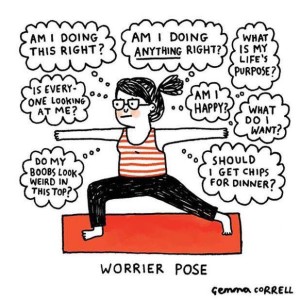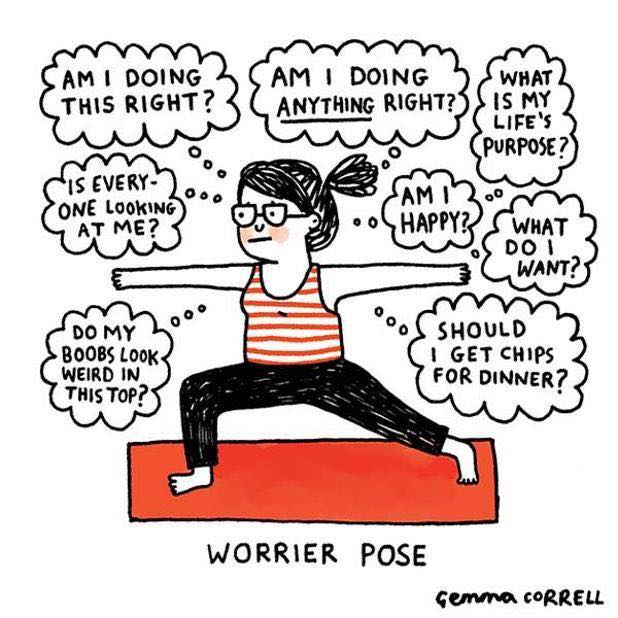Knowing your Enneagram style’s patterns gives a glimpse in what others see, but may not be saying.
Sometimes, it’s hard for people to tell us the hard stuff. Or, if they do, it’s hard to be receptive to what they are saying.
Below, I list common feedback I hear from people when working with people of your style. Remember, this is a protective, automatic mechanism, so be kind to yourself as you bring these blindspots to awareness.
HEAD TYPES:
Challenge: Getting stuck in your head.
This results in things like disconnection from others and not seeing how they may see a situation. You may also have difficult calibrating the actual time and energy it takes to complete a project OR the toll each task and interaction has on yourself and others.
Type 5, The Observer:
Your co-workers often see you as disconnected. This may feel a little comfortable (although isolating) for you, but we live and work in an interdependent world. Support and input from others gives you insight into things you haven’t considered which may benefit a project. You’ve a tendency to be concerned about other people being draining or your not being able to meet their demands, but when you isolate, you actually invite more intrusion.
 Type 6: The Loyal Skeptic
Type 6: The Loyal Skeptic
Your co-workers often see you as overly skeptical or doubting.This may cause you to delay action (thinking replaces doing) or in the counter-phobic 6, cause you to jump into something without thinking how it may impact yourself and others in the long run. While it’s important to have a troubleshooter on a team who sees what others are not saying, it’s also helpful to spend some time seeing what is being done well. Also, an authority figure is in the room, this habit is particularly active. It’s all about putting skepticism in its proper proportion.
Type 7: The Enthusiast
Your co-workers don’t always trust your ideas. Why? Your enthusiasm may wane when you get bored or anxious. While inspiring others with ideas and creative thinking are key to an organization’s success, you will lose people if your ideas aren’t grounded in practical realities like time, energy and resources. Solicit feedback from others and listen carefully. Notice when you feel limited.
PAUSE Practice for all 3 Head types:
Head Practice: Spending to much time in your head can result in assuming a lot about what others are thinking as you tend to be out of touch with your own anxiety.
Ask yourself: How am I feeling? Am I thinking too much about future scenarios? What’s real and what’s imagined? Am I projecting my thoughts onto other people and believing them to be true?
Heart Practice: Have compassion and faith in yourself and others. Plato said, “Be kind. Everyone you meet is fighting a great battle.” The more I do this work, the more I know to the bottom of my toes, that this is true.
Ask others: Once you have grounded yourself in your own heart and inner authority, check in with others. Open your mind and heart to other perspectives and ideas that may be different from yours.
Body Practice:Breathe. Slow down. Place your attention on your breath. How are you breathing? Is your breath shallow? Deep? How long are the exhales? (Head types often have shorter exhaling breaths)
My colleague, Peter O’Hanrahan, offers a suggestion called a “counter-anxiety breath:”
Take a deep breath into your solar plexus. As you inhale, stretch the diaphragm open like a big rubber band. Instead of releasing the exhalation, hold it back against your gently pursed lips and let it out slowly (like holding the end of a balloon). Try to relax your chest and diaphragm while you exhale. The exhalation should be 4 to 5 times longer than the inhalation. You can slowly count if that is helpful.
Breathing slows down the excessive thinking and grounds you into your body.

